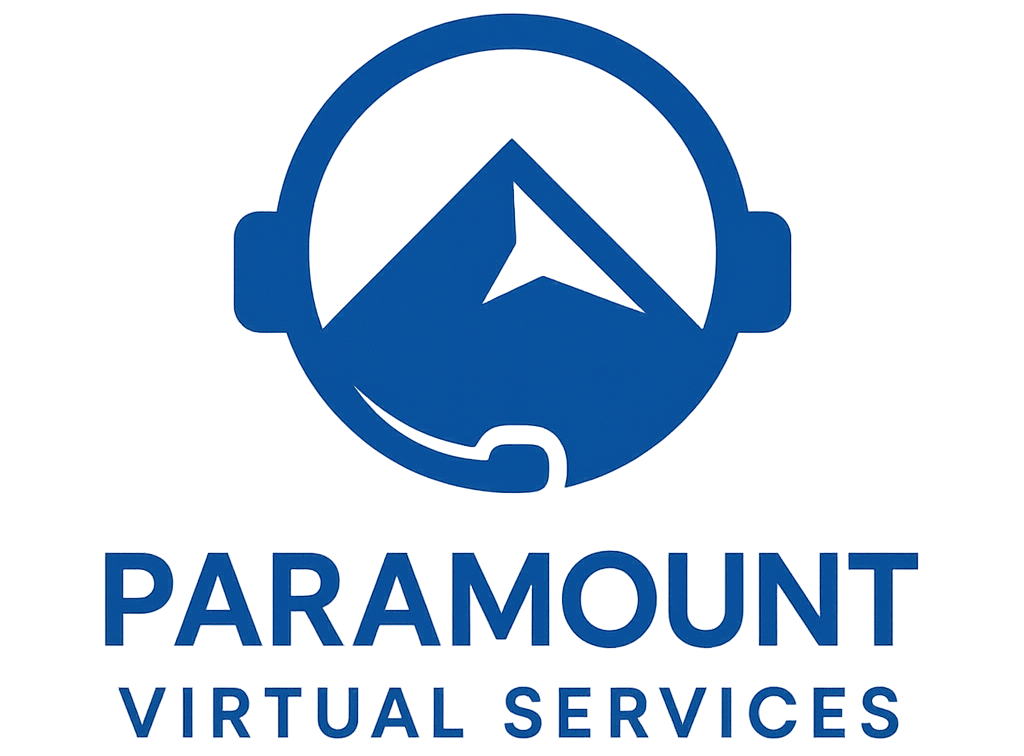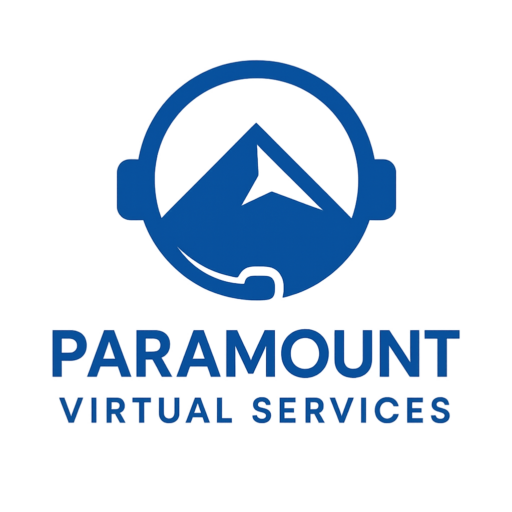With remote work booming and businesses seeking flexible, cost-effective support, now is the perfect time to start a virtual assistant (VA) business. Whether you’re an organized multitasker, a tech-savvy marketer, or someone with customer service experience, becoming a virtual assistant allows you to offer your skills from anywhere in the world.
This guide walks you through everything you need to start a successful virtual assistant business—from defining your niche to landing your first client.
1. Understand What a Virtual Assistant Business Is
A virtual assistant business offers remote services to individuals or companies. These services range from administrative tasks to marketing, bookkeeping, customer support, graphic design, and more. Instead of being tied to one employer, virtual assistants often work with multiple clients on a freelance, contract, or retainer basis.
Starting your own VA business means you operate independently or build a small team to serve more clients under your brand.
2. Identify Your Niche and Services
The most successful VA businesses focus on a niche. This helps you attract the right clients and position yourself as an expert. Consider your experience, skills, and interests. Common niches include:
- Administrative support (calendar management, email organization, data entry)
- Customer service (responding to queries, CRM management)
- Social media management (content scheduling, engagement)
- Digital marketing (email marketing, ad management, analytics)
- Bookkeeping (invoicing, expense tracking, reconciliations)
- Real estate assistance (listing coordination, lead follow-ups)
- Sales support (CRM updates, lead generation, appointment setting)
- Design support (creating social media graphics, logos, brochures)
Start by offering 2–3 core services and expand as you grow.
3. Set Up Your Business Foundation
You don’t need a physical office, but your VA business still needs structure:
a. Choose a Business Name
Pick something memorable and relevant. You can use your name (e.g., “Emma VA Services”) or something more brandable (“Taskwise Virtual Assistants”).
b. Register Your Business
Depending on your location, register your business as a sole proprietorship, LLC, or equivalent. This protects you legally and gives your business credibility.
c. Open a Business Bank Account
Keep your business and personal finances separate. This makes taxes and budgeting easier.
d. Create a Simple Website or Portfolio
Your website should showcase:
- Your services
- About you or your team
- Testimonials (if any)
- Contact form You can use tools like Wix, WordPress, or Squarespace to create your site.
4. Decide Your Pricing Model
There are several ways to price your services:
- Hourly (e.g., $25–$60/hour depending on experience and niche)
- Packages (e.g., 10 hours/month for $350)
- Project-based (e.g., $150 for a social media calendar)
- Monthly retainers (most stable and scalable)
Start with a rate that reflects your experience, but don’t undervalue your time—especially if you specialize in high-demand skills.
5. Invest in the Right Tools
Virtual assistants rely on digital tools to stay productive and organized. Common tools include:
- Communication: Slack, Zoom, Microsoft Teams
- Task Management: Trello, Asana, ClickUp
- CRM Systems: Go High Level, HubSpot, Zoho
- File Sharing: Google Drive, Dropbox
- Finance: QuickBooks, Wave, PayPal, Wise
- Scheduling: Calendly, Google Calendar
These tools will also help you manage multiple clients and streamline your workflow.
6. Market Your Services
To grow your VA business, you’ll need clients. Here’s how to find them:
a. Freelance Platforms
Start with Fiverr, Upwork, or PeoplePerHour to build your portfolio and gather reviews.
b. Social Media
Promote your services on LinkedIn, Instagram, and Facebook. Share tips, behind-the-scenes content, and success stories to build trust.
c. Join Online Communities
Facebook groups, Reddit forums, or Slack communities for business owners and entrepreneurs are great places to find leads organically.
d. Referrals & Networking
Ask former colleagues, friends, or clients for referrals. A simple message like, “I’ve started my own VA business—let me know if you or someone you know needs support” can open doors.
7. Create Client Processes
Having systems in place makes your business look professional and ensures smooth operations:
- Client onboarding: Welcome email, contract, payment agreement, tools setup
- Time tracking & reporting: Use tools like Toggl or Harvest
- Task management: Share progress using Trello, Asana, or Google Sheets
- Invoicing & payments: Send monthly or project-based invoices with due dates
These processes help you manage expectations and build long-term relationships.
8. Focus on Customer Service and Retention
Your reputation is everything. Always aim to:
- Deliver high-quality work on time
- Be responsive and communicative
- Offer solutions, not just task execution
- Follow up and seek feedback
Satisfied clients will rehire you, refer others, and even expand the scope of your work.
9. Scale Your VA Business
Once you’re fully booked, consider scaling your business:
- Hire subcontractors: Bring in other VAs to serve more clients under your brand.
- Raise your rates: As demand and experience grow, adjust pricing accordingly.
- Offer premium services: Add high-ticket services like sales funnel design or CRM automation.
- Specialize further: Become known as the go-to VA for coaches, real estate agents, ecommerce stores, etc.
Final Thoughts
Starting a successful virtual assistant business takes effort and planning, but the rewards are worth it. You gain flexibility, income potential, and the ability to help clients grow while working from anywhere. Focus on your niche, deliver great service, and build meaningful client relationships—and your VA business will thrive in the remote-first future of work.







